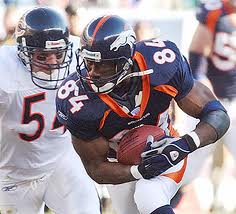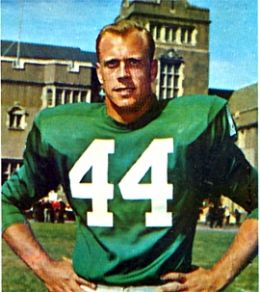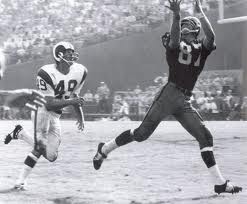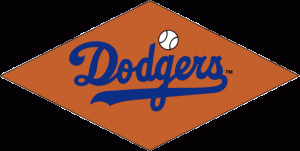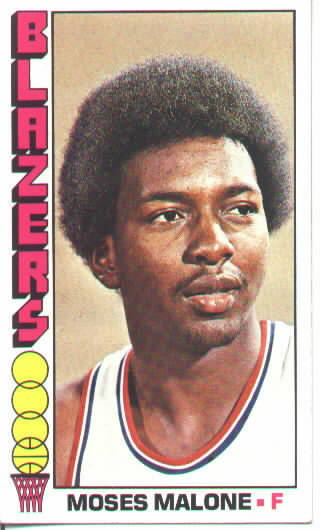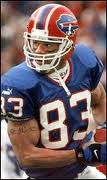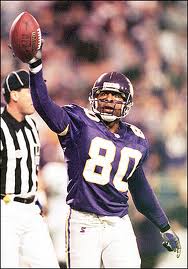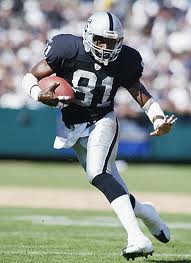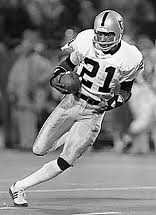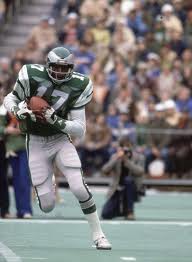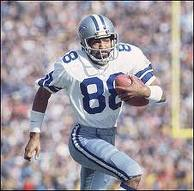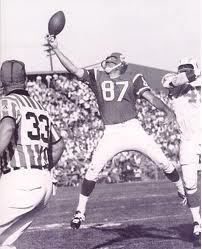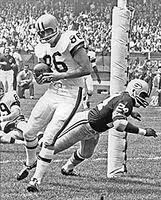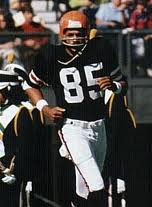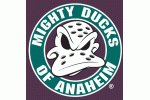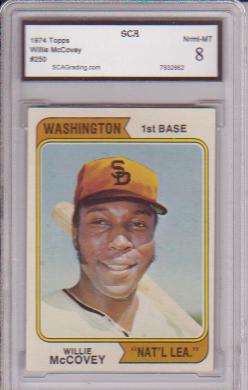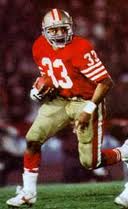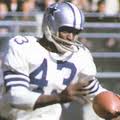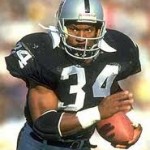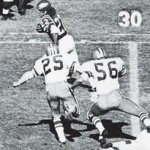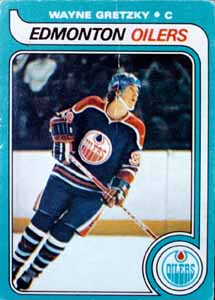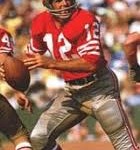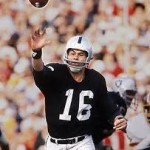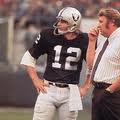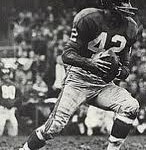Top Row: Shannon Sharpe (left), Pete Retzlaff.
Second Row: Jerry Smith (left), Fred Arbanas.
There aren’t many tight ends in Pro Football’s Hall of Fame, but then again it’s never been much of a “glamour” position in the NFL, although recent players like Tony Gonzalez and Antonio Gates are changing that perception. One tight end not in the Hall stands out above the rest – Shannon Sharpe of the Denver Broncos/Baltimore Ravens, and current CBS football studio analyst. He is destined to get in soon. There were a lot of fine tight ends in the 1960s, and that fact is borne out by the fact that 2 of them from that era – John Mackey and Mike Ditka – are in the Hall. Pete Retzlaff of the Eagles was another great TE from that era. He was a 5 time Pro Bowl player and his jersey number 44 was retired by the team. His chances of getting elected to Canton, perhaps, are hurt by the fact that early in his career he played running back and split end before settling in at the tight end spot. Amazingly, Retzlaff never caught a pass in his college career. Two others who played tight end in the 1960s are Canton-worthy also – Fred Arbanas, who starred in the AFL for the Kansas City Chiefs, and Jerry Smith, who played for the Redskins. Former AFL players are rarely considered, but Arbanas was the dominant TE in the league. Despite losing sight in his left eye, he managed to be an AFL all-star 6 times and was voted the tight end on the All-AFL team. Smith was a terrific player, a great downfield weapon for ‘Skins QB Sonny Jurgensen when tight ends weren’t normally downfield threats. He died of AIDS and it’s unknown whether his homosexuality is a reason why he never seems to get consideration from Hall voters.
Some players who deserve a look are from the years when tight ends started to become more of a threat to catch passes rather than being just an extra blocking lineman. Among those players are Riley Odoms of Denver, Todd Christensen of the Raiders, Billy Joe Dupree of Dallas and Bob Trumpy of the Bengals. More modern day players who could have a shot to get in include New England’s Ben Coates, Mark Bavaro of the Giants and another Cowboy, Jay Novacek. The fact that Floyd Little, former Bronco running back, was elected this year gives hope to a player like Odoms. Christensen was a converted running back who caught a lot of short passes and was a very unconventional tight end. Dupree and Novacek were both very high profile players of their respective eras, but, while playing for “America’s Team” may get you more media attention it doesn’t automatically punch your ticket to Canton.
